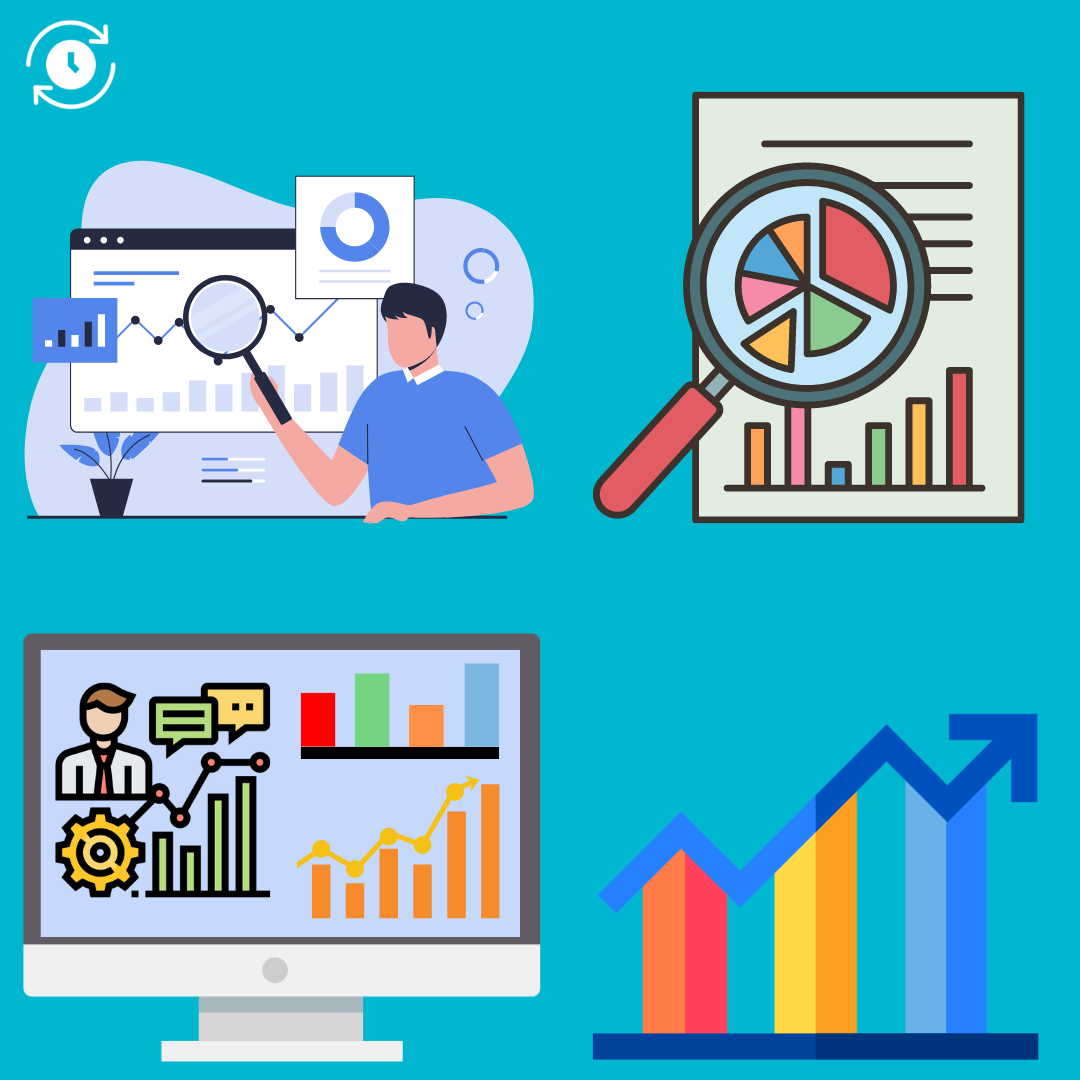Maximizing Employee Engagement and Performance with Productivity Monitoring Software

In today's ever-evolving workplace, maximizing employee engagement and performance is essential for the success of any organization. With the rise of remote work and distributed teams, companies are increasingly turning to productivity monitoring software to ensure that their employees stay focused, motivated, and productive.
Productivity monitoring software offers a range of features and functionalities designed to track employee activities, measure performance metrics, and identify areas for improvement. From time tracking and task management to activity monitoring and performance analytics, these tools provide valuable insights into how employees are spending their time and where productivity gains can be made.
In this comprehensive guide, we'll explore the benefits of productivity monitoring software, how it works, and best practices for implementing it in your organization. We'll also discuss common misconceptions and concerns surrounding employee monitoring, as well as strategies for fostering a positive and productive work environment.
In this section, we'll provide an overview of productivity monitoring software, including its key features, benefits, and potential use cases. We'll discuss how these tools can help organizations improve efficiency, identify bottlenecks, and optimize workflows
We'll start by defining productivity monitoring software and explaining how it differs from traditional time tracking tools. We'll discuss the various features and functionalities offered by these tools, such as time tracking, activity monitoring, and performance analytics.
Next, we'll explore the benefits of productivity monitoring software for both employers and employees. We'll discuss how these tools can help organizations improve accountability, transparency, and collaboration, while also empowering employees to better manage their time and tasks.

In this section, we'll provide real-world examples of how organizations are using productivity monitoring software to achieve their goals. We'll discuss use cases across various industries and business functions, highlighting the different ways these tools can be customized and integrated into existing workflows.
Here, we'll delve into the practical aspects of implementing productivity monitoring software in your organization. We'll discuss key considerations, best practices, and potential challenges to be aware of during the implementation process.
We'll start by outlining the steps involved in planning and preparing for the implementation of productivity monitoring software. We'll discuss how to assess your organization's needs, define clear objectives, and select the right tools for your requirements.
Next, we'll explore strategies for deploying and rolling out productivity monitoring software across your organization. We'll discuss how to communicate with employees, provide training and support, and address any concerns or objections that may arise during the rollout process.
In this section, we'll discuss the importance of integrating productivity monitoring software with existing systems and workflows. We'll explore how these tools can be customized to meet the specific needs of your organization, including configuring dashboards, setting up automated reports, and implementing custom workflows.
Here, we'll examine how productivity monitoring software can help organizations maximize employee engagement and performance. We'll discuss strategies for leveraging these tools to empower employees, foster a culture of accountability, and drive continuous improvement.
We'll start by discussing how productivity monitoring software can empower employees to take ownership of their work and manage their time more effectively. We'll explore features such as self-tracking and goal setting, as well as strategies for providing feedback and recognition.
Next, we'll explore how productivity monitoring software can help organizations foster a culture of accountability and transparency. We'll discuss the role of performance metrics and KPIs in driving accountability, as well as the importance of open communication and collaboration.
In this section, we'll discuss how productivity monitoring software can be used to drive continuous improvement and innovation within your organization. We'll explore strategies for analyzing performance data, identifying areas for improvement, and implementing targeted interventions to drive results.
Finally, we'll address common concerns and misconceptions surrounding productivity monitoring software. We'll discuss issues such as privacy, trust, and employee morale, and provide guidance on how to address these concerns and build buy-in for your monitoring initiatives.
We'll start by discussing how to ensure the privacy and security of employee data when implementing productivity monitoring software. We'll explore best practices for data collection, storage, and access control, as well as compliance considerations such as GDPR and CCPA.
Next, we'll explore strategies for building trust and transparency with employees when implementing productivity monitoring software. We'll discuss the importance of clear communication, open dialogue, and involving employees in the decision-making process.
In this section, we'll discuss how to manage employee morale and address concerns about monitoring initiatives. We'll explore strategies for fostering a positive and supportive work environment, including promoting work-life balance, recognizing achievements, and providing opportunities for feedback and input.
In conclusion, productivity monitoring software can be a valuable tool for organizations looking to maximize employee engagement and performance. By providing insights into how employees are spending their time and identifying areas for improvement, these tools can help organizations optimize workflows, drive efficiency, and achieve their business goals.
Whether you're a small startup or a large enterprise, implementing productivity monitoring software can help you gain a competitive edge in today's fast-paced business environment. By empowering employees, fostering accountability, and driving continuous improvement, these tools can help your organization stay ahead of the curve and achieve long-term success.
To know more about Workforce Productivity Software please, feel free to contact us. Call Us +91 9307907814